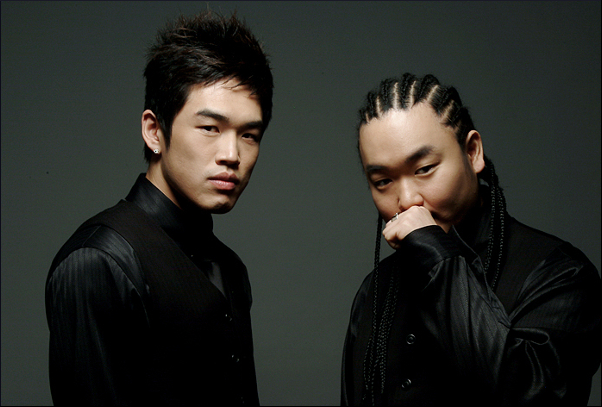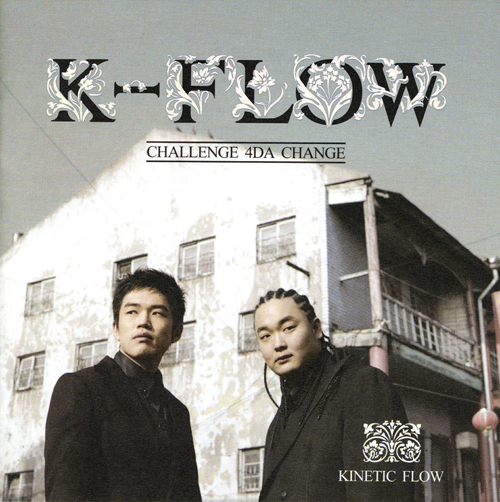“몽환의 숲” (Forest of Dreams) is a rap song released in 2006 by Kinetic Flow. At first, it was a hit because it featured Yiruma, a famous contemporary Korean pianist. But unlike other trendy rap songs, “Forest of Dreams” continues to be popular several years later. Its simple and dreamlike piano melody is enough to draw people in, but it also boasts ballad lyrics in rap form, which is very rare in any music industry. The lyrics introduce us to a man who fantasizes or hallucinates about meeting his former lover, who is possibly dead. 비도승우 / Bido-Seungwoo, who wrote the lyrics, makes fantastic use of colorful imagery to paint his titular forest.
"The song's simple and dreamlike piano melody is enough to draw people in, but it also boasts ballad lyrics in rap form, which is very rare in any music industry."
The reason why the lyrics are compared to those of a ballad is because they tell a story. This particular tale begins at night, when “이 새벽을 비추는 초생달” (the crescent moon shines) and a “푸르고 투명한 파랑새” (transparent blue jay) enters. People have differing opinions on what this blue jay represents. There are two main arguments: either the bird is a simple messenger of love, fluttering between the narrator and his “그녀 /geu-nyuh” (“she,” the girl mentioned later on); or it is an angel of death, who has come to take the narrator to his dead lover. The first interpretation is obvious, since this is a love song, but the second one surprisingly makes a lot of sense as well.

The narrator describes “술취한 몸이 잠든 이 거릴 휘젓고 다니다 만나는 마지막 신호등” (the last traffic light at the end of the sleeping road my drunken body shuffles across). This “last traffic light” could be the last glimmer of consciousness before the narrator begins hallucinating or the last piece of the real world he sees before entering the underworld. Both explanations are plausible, but what makes the latter one more solid is a later line, which mentions “그녀의 보라색 눈동자” (her purple irises). Now, the color purple may mean different things around the world. For instance, it signifies “royalty” in some Western countries. But in Korean literature, it refers to “death” or “craziness.” Most Koreans know this because of a famous short story, “소나기 / Sonagi” (Random Showers), featured in every Korean middle school textbook. Its main character, who ends up dying, is always linked to the color purple, so that now it has a kind of deathly association in Korean literature. The Forest of Dreams is where the narrator finally meets his lover again. They have the happiest of times there, but they know it’s not real. The narrator says, “나뭇잎은 하늘색, 하늘은 연두색, 눈빛은 보라색” (The leaves are sky-blue, the sky is leaf-green, and the irises are purple), signaling to readers that he is either in the next world or inside his own mind. No one can tell for sure, and no more can be explained about the song itself without reading the actual lyrics, which are almost Beatles-esque in their psychedelic unreality. “몽환의 숲” is an epic rap song by Kinetic Flow that deserves much more recognition outside Korea. The whole thing is simply beautiful.



